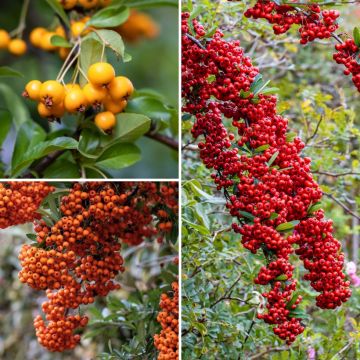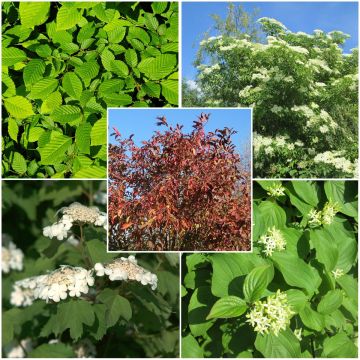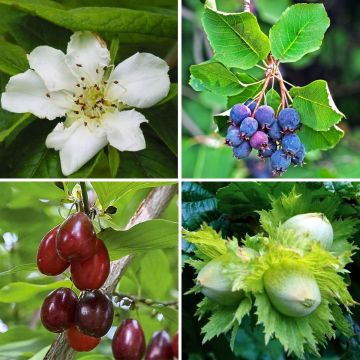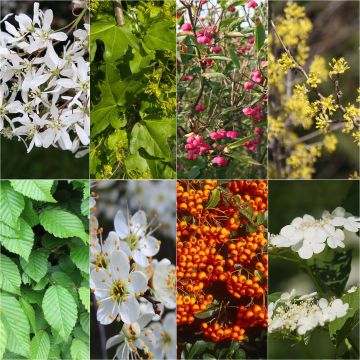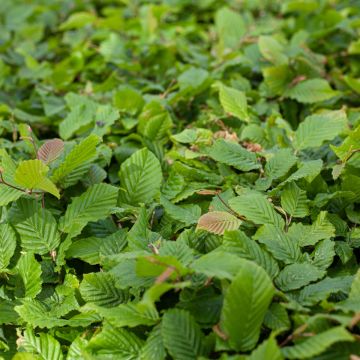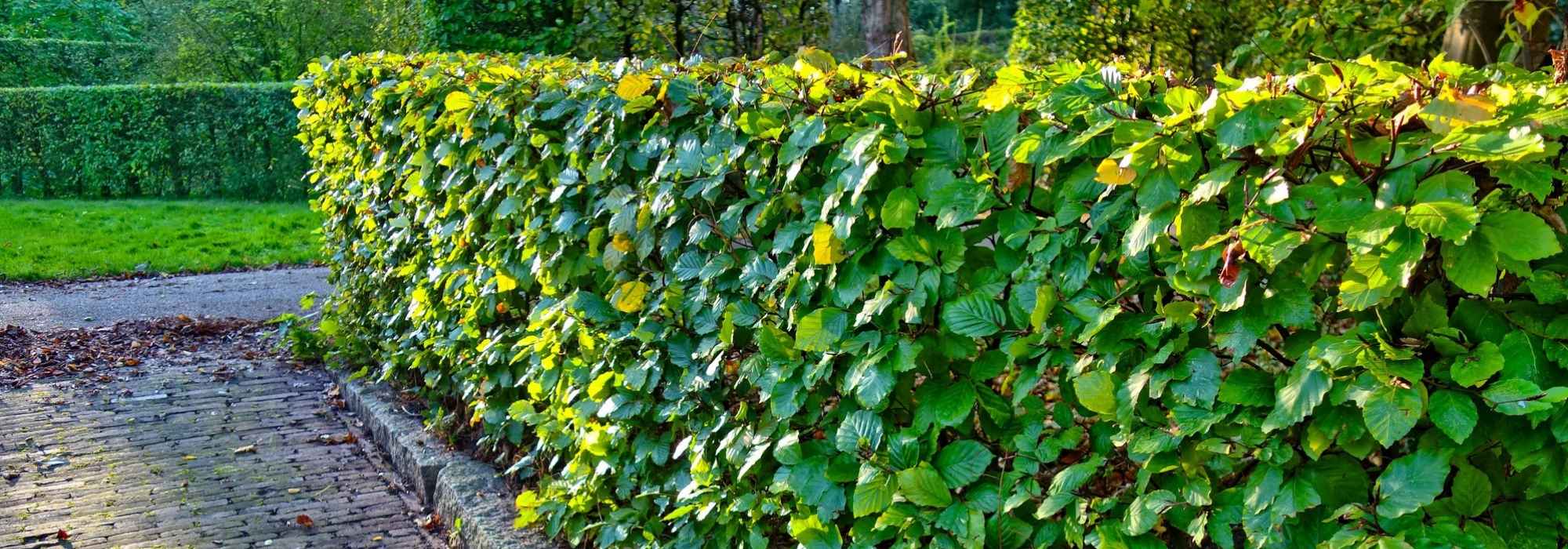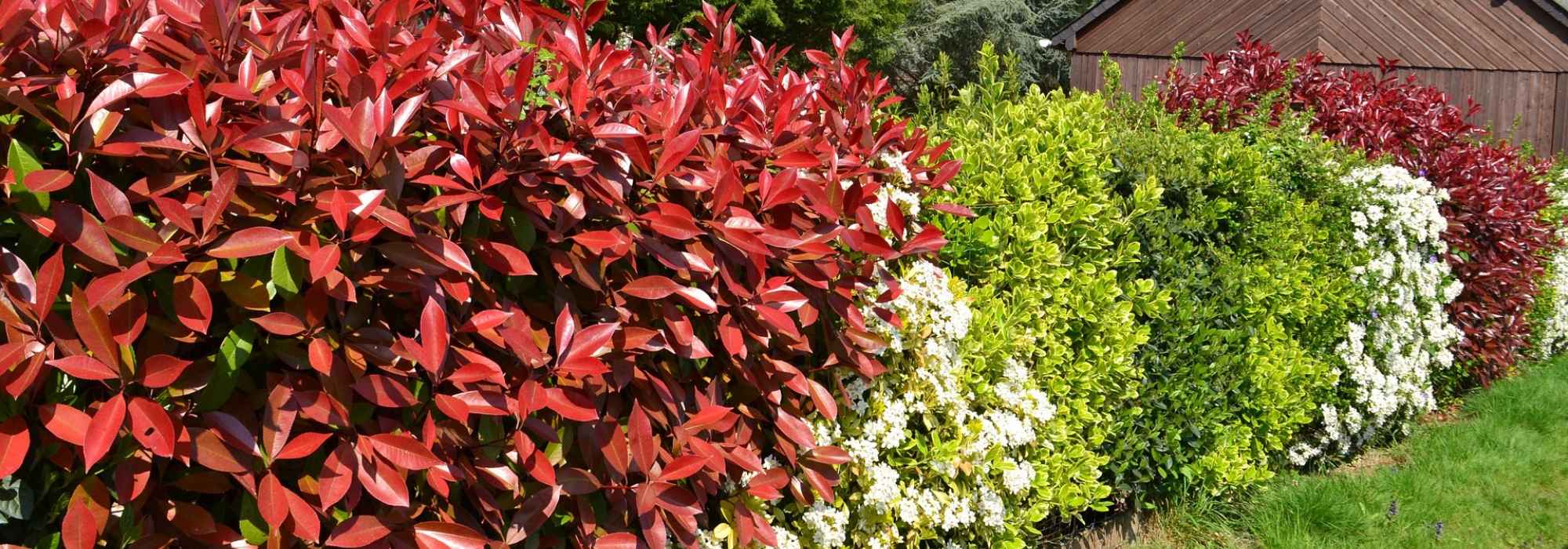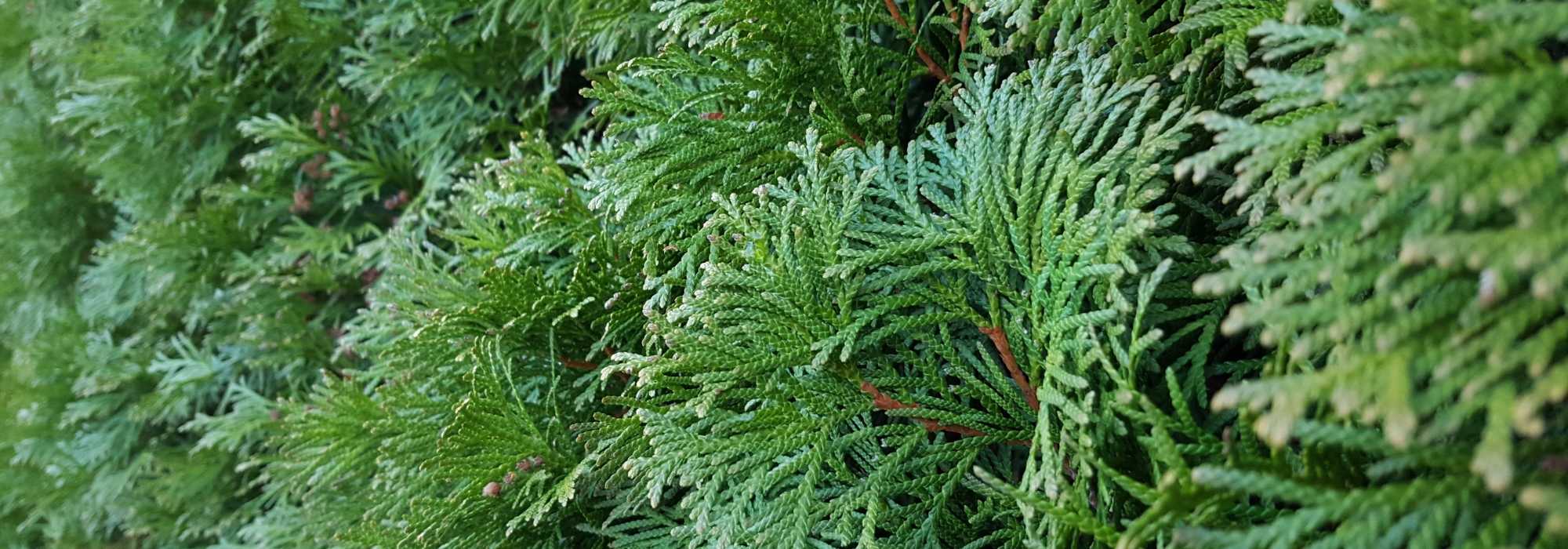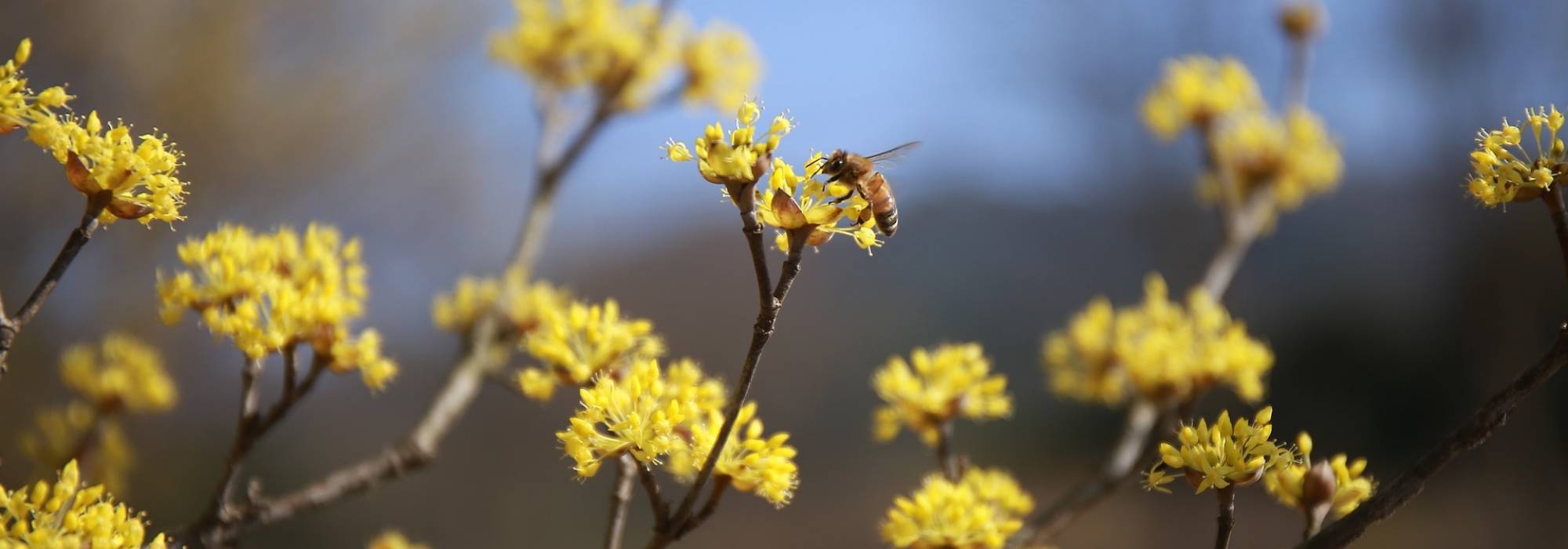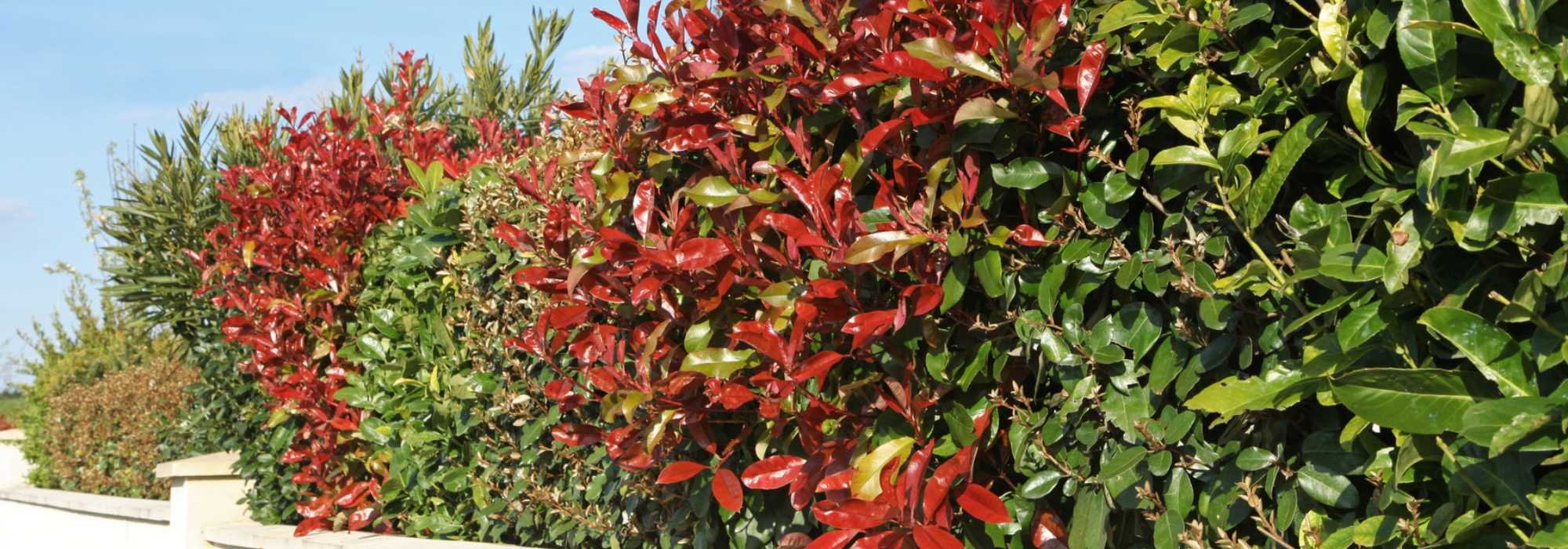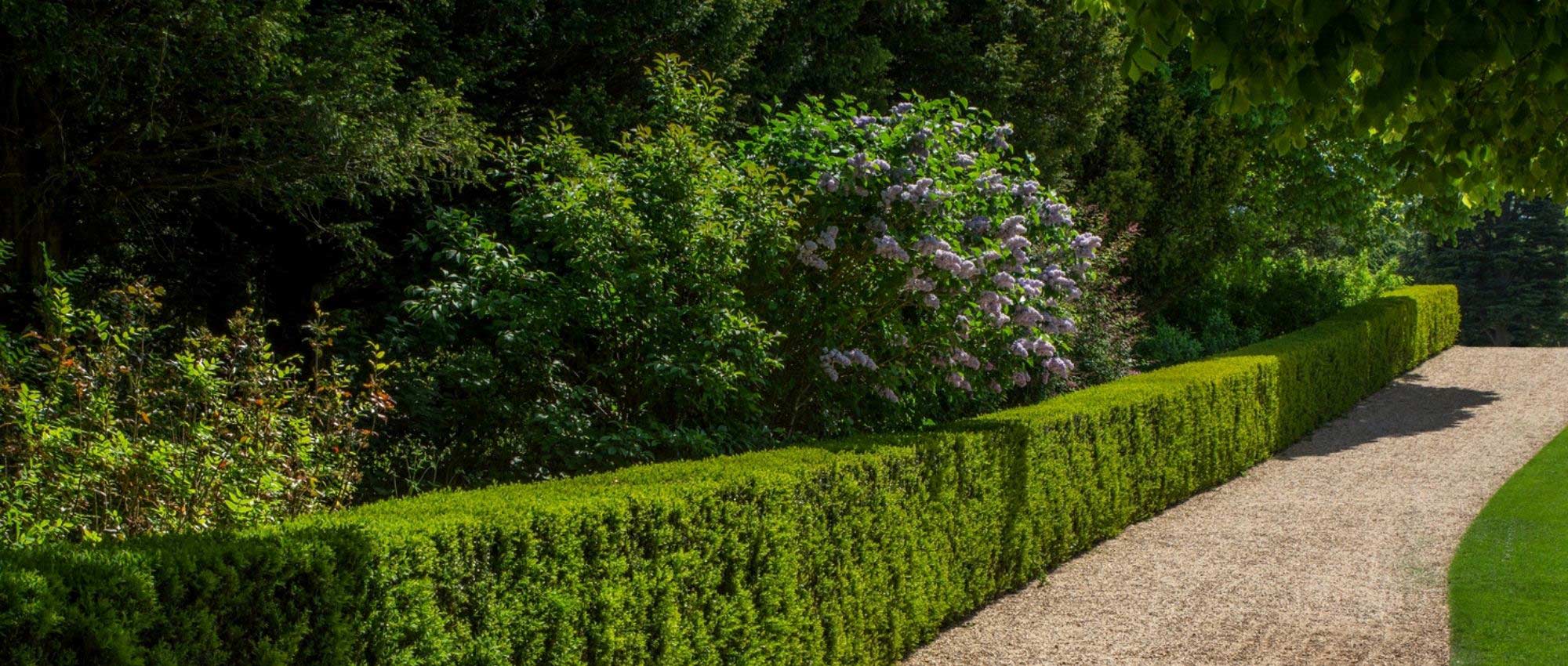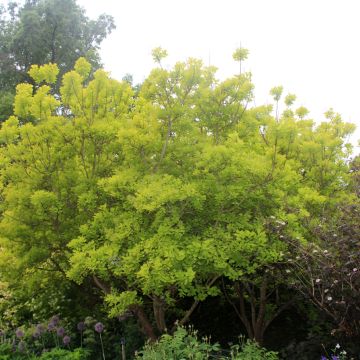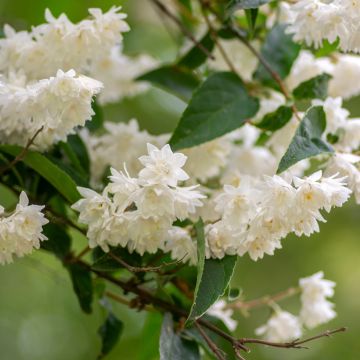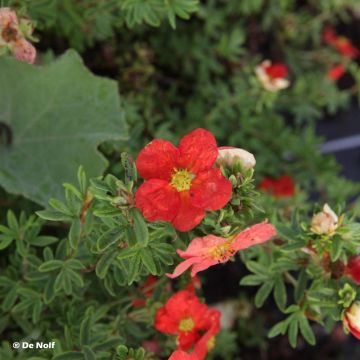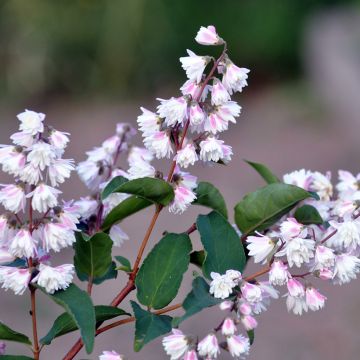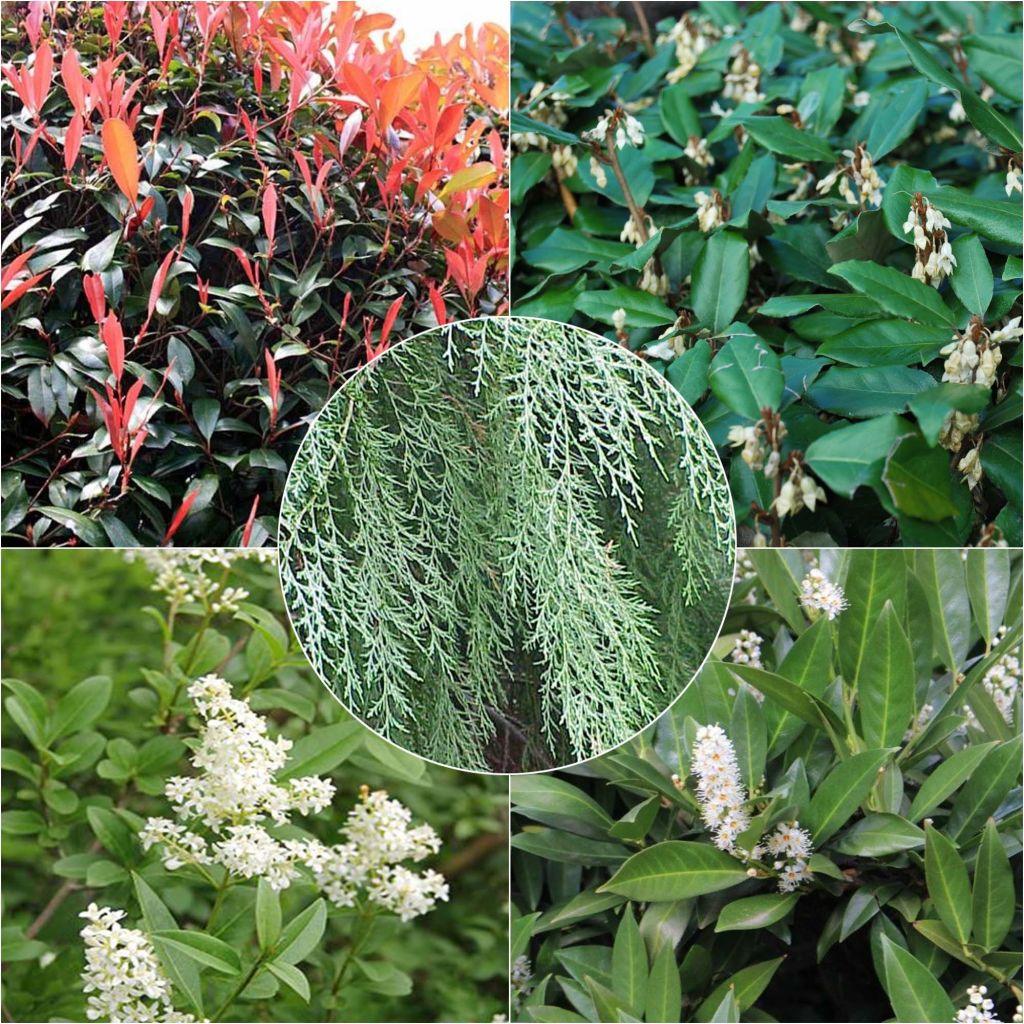

Fast-growing Evergreen Eco Hedge Collection
Fast-growing Evergreen Eco Hedge Collection
Special offer!
Receive a €20 voucher for any order over €90 (excluding delivery costs, credit notes, and plastic-free options)!
1- Add your favorite plants to your cart.
2- Once you have reached €90, confirm your order (you can even choose the delivery date!).
3- As soon as your order is shipped, you will receive an email containing your voucher code, valid for 3 months (90 days).
Your voucher is unique and can only be used once, for any order with a minimum value of €20, excluding delivery costs.
Can be combined with other current offers, non-divisible and non-refundable.
This plant carries a 24 months recovery warranty
More information
We guarantee the quality of our plants for a full growing cycle, and will replace at our expense any plant that fails to recover under normal climatic and planting conditions.
Would this plant suit my garden?
Set up your Plantfit profile →
Collection items (10 plants)
Description
This is a collection of 5 varieties of evergreen shrubs with fast growth, that are easy to cultivate and maintain, and tolerant of pruning. They are delivered in a kit of 10 young plants (2 plants of each species). They are perfect for creating a windbreak and privacy hedge that will protect your garden from prying eyes and bad weather. Their flowers are fragrant and attractive to bees, and their fruits are appreciated by birds. One kit of ten plants allows for the creation of approximately 10 metres (33 feet) of hedge at a lower cost.
The collection consists of:
- 2 Ligustrum vulgare or common privet: a bushy and branching habit, it can reach a height of 2 to 3 metres (7 to 10 feet) with a width of 1.50 to 2 metres (5 to 7 feet). Dark green foliage, more or less evergreen depending on the climate. Flowers in June-July, on unpruned specimens, with very fragrant and intensely honey-scented white cream panicles. Pretty spherical berries turning black and shiny in autumn.
- 2 Elaeagnus ebbingei - Oleaster : on average 3 m (10ft) tall by 1.50 m (5ft) wide. It is appreciated for the beauty of its silvery leaves, but also for its autumn flowering, with cream-white bell-shaped flowers with a sweet fragrance. Its fruits are edible and decorative, similar to small copper and silvery olives.
- 2 Photinia Red Robin: on average 3 metres (10 feet) tall and 2 metres (7 feet) wide without pruning, it stands out for its red young shoots and leaves, contrasting with its mature foliage which is shiny dark green. Spring flowering (from March to May depending on the regions), with small flowers that are fragrant and attractive to bees.
- 2 Prunus laurocerasus Caucasica (Cherry Laurel): Large shrub of approximately 4 to 5 metres (13 to 16 feet) tall if not pruned, with a naturally conical habit and abundant, shiny green evergreen foliage.
- 2 Cupressocyparis leylandii (Leyland Cypress): A large dense conifer that grows rapidly and allows for the creation of an effective screen against wind and prying eyes in a few years. It is undemanding in terms of soil and adapts to most climates, even in coastal areas.
Plant these bushes preferably in autumn or early spring, in full sun or partial shade, mixing them and spacing them 80 cm (32in) to 1 metre (3 feet) apart. They are content with any well-prepared garden soil enriched with leaf compost.
Tip: Do not prune at the beginning of the season to fully enjoy the flowering! If possible, also avoid pruning in late summer to enjoy the fruits and feed the birds in the garden during winter.
Report an error about the product description
Plant habit
Flowering
Foliage
Botanical data
Cultivar or hybrid
Other Hedge-growing kits A to Z
View all →Planting and care
Plant this collection in the sun or partial shade, in ordinary but well-prepared soil, enriched with leaf compost, that is rather moist but well-drained. Dig planting holes of 30-40 cm (12-16in) in all directions, thoroughly loosening the bottom and walls with a fork or pickaxe. Maintain a planting distance of 80 cm (32in) to 1 m (3ft) between each bush. Easy to grow and not very demanding, these shrubs only require mulching in summer in dry climates to maintain some moisture, at least during the first summers after planting. Water them abundantly in the first few years in the case of pronounced drought (15-20 litres of water each time), but kkep waterings spaced out. You can prune the longest branches to help your shrubs branch out.
Planting period
Intended location
Care
Planting & care advice
This item has not been reviewed yet - be the first to leave a review about it.
Similar products
Haven't found what you were looking for?
Hardiness is the lowest winter temperature a plant can endure without suffering serious damage or even dying. However, hardiness is affected by location (a sheltered area, such as a patio), protection (winter cover) and soil type (hardiness is improved by well-drained soil).

Photo Sharing Terms & Conditions
In order to encourage gardeners to interact and share their experiences, Promesse de fleurs offers various media enabling content to be uploaded onto its Site - in particular via the ‘Photo sharing’ module.
The User agrees to refrain from:
- Posting any content that is illegal, prejudicial, insulting, racist, inciteful to hatred, revisionist, contrary to public decency, that infringes on privacy or on the privacy rights of third parties, in particular the publicity rights of persons and goods, intellectual property rights, or the right to privacy.
- Submitting content on behalf of a third party;
- Impersonate the identity of a third party and/or publish any personal information about a third party;
In general, the User undertakes to refrain from any unethical behaviour.
All Content (in particular text, comments, files, images, photos, videos, creative works, etc.), which may be subject to property or intellectual property rights, image or other private rights, shall remain the property of the User, subject to the limited rights granted by the terms of the licence granted by Promesse de fleurs as stated below. Users are at liberty to publish or not to publish such Content on the Site, notably via the ‘Photo Sharing’ facility, and accept that this Content shall be made public and freely accessible, notably on the Internet.
Users further acknowledge, undertake to have ,and guarantee that they hold all necessary rights and permissions to publish such material on the Site, in particular with regard to the legislation in force pertaining to any privacy, property, intellectual property, image, or contractual rights, or rights of any other nature. By publishing such Content on the Site, Users acknowledge accepting full liability as publishers of the Content within the meaning of the law, and grant Promesse de fleurs, free of charge, an inclusive, worldwide licence for the said Content for the entire duration of its publication, including all reproduction, representation, up/downloading, displaying, performing, transmission, and storage rights.
Users also grant permission for their name to be linked to the Content and accept that this link may not always be made available.
By engaging in posting material, Users consent to their Content becoming automatically accessible on the Internet, in particular on other sites and/or blogs and/or web pages of the Promesse de fleurs site, including in particular social pages and the Promesse de fleurs catalogue.
Users may secure the removal of entrusted content free of charge by issuing a simple request via our contact form.
The flowering period indicated on our website applies to countries and regions located in USDA zone 8 (France, the United Kingdom, Ireland, the Netherlands, etc.)
It will vary according to where you live:
- In zones 9 to 10 (Italy, Spain, Greece, etc.), flowering will occur about 2 to 4 weeks earlier.
- In zones 6 to 7 (Germany, Poland, Slovenia, and lower mountainous regions), flowering will be delayed by 2 to 3 weeks.
- In zone 5 (Central Europe, Scandinavia), blooming will be delayed by 3 to 5 weeks.
In temperate climates, pruning of spring-flowering shrubs (forsythia, spireas, etc.) should be done just after flowering.
Pruning of summer-flowering shrubs (Indian Lilac, Perovskia, etc.) can be done in winter or spring.
In cold regions as well as with frost-sensitive plants, avoid pruning too early when severe frosts may still occur.
The planting period indicated on our website applies to countries and regions located in USDA zone 8 (France, United Kingdom, Ireland, Netherlands).
It will vary according to where you live:
- In Mediterranean zones (Marseille, Madrid, Milan, etc.), autumn and winter are the best planting periods.
- In continental zones (Strasbourg, Munich, Vienna, etc.), delay planting by 2 to 3 weeks in spring and bring it forward by 2 to 4 weeks in autumn.
- In mountainous regions (the Alps, Pyrenees, Carpathians, etc.), it is best to plant in late spring (May-June) or late summer (August-September).
The harvesting period indicated on our website applies to countries and regions in USDA zone 8 (France, England, Ireland, the Netherlands).
In colder areas (Scandinavia, Poland, Austria...) fruit and vegetable harvests are likely to be delayed by 3-4 weeks.
In warmer areas (Italy, Spain, Greece, etc.), harvesting will probably take place earlier, depending on weather conditions.
The sowing periods indicated on our website apply to countries and regions within USDA Zone 8 (France, UK, Ireland, Netherlands).
In colder areas (Scandinavia, Poland, Austria...), delay any outdoor sowing by 3-4 weeks, or sow under glass.
In warmer climes (Italy, Spain, Greece, etc.), bring outdoor sowing forward by a few weeks.



































